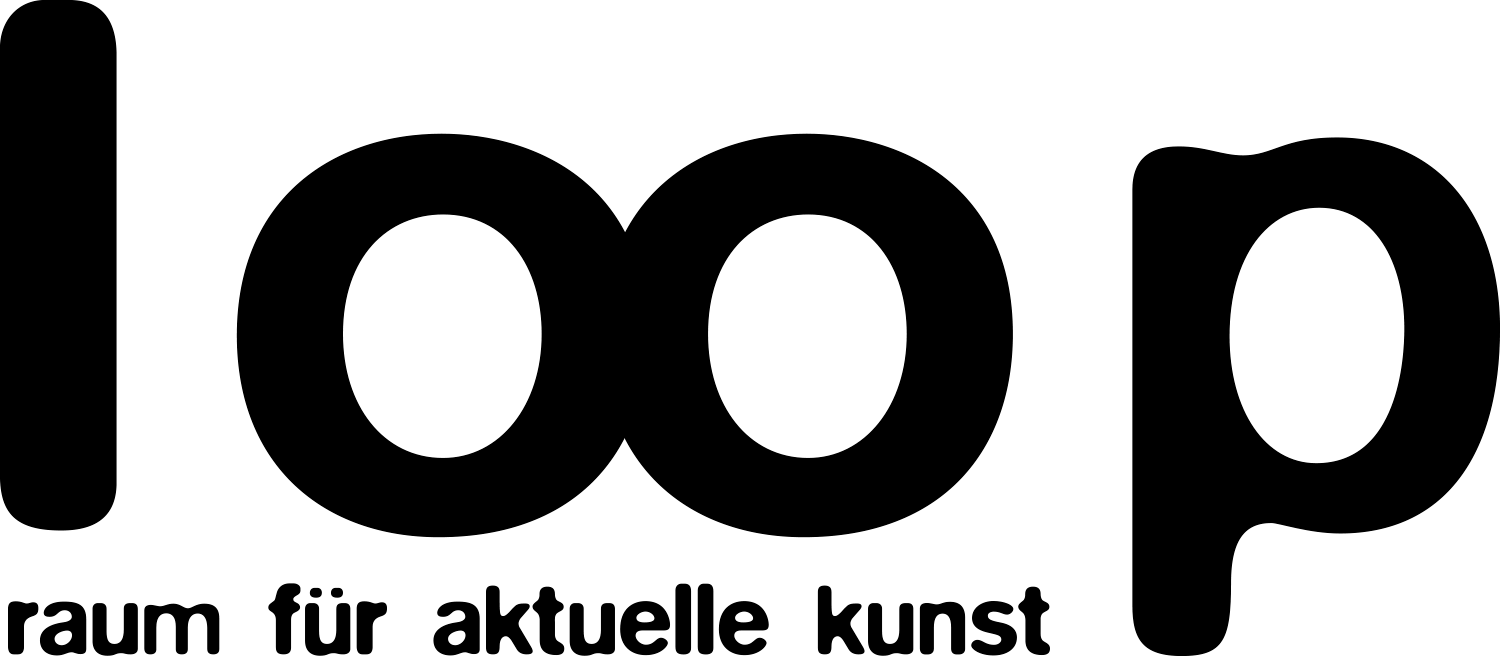Ben Gräbner
FRAGMENTE
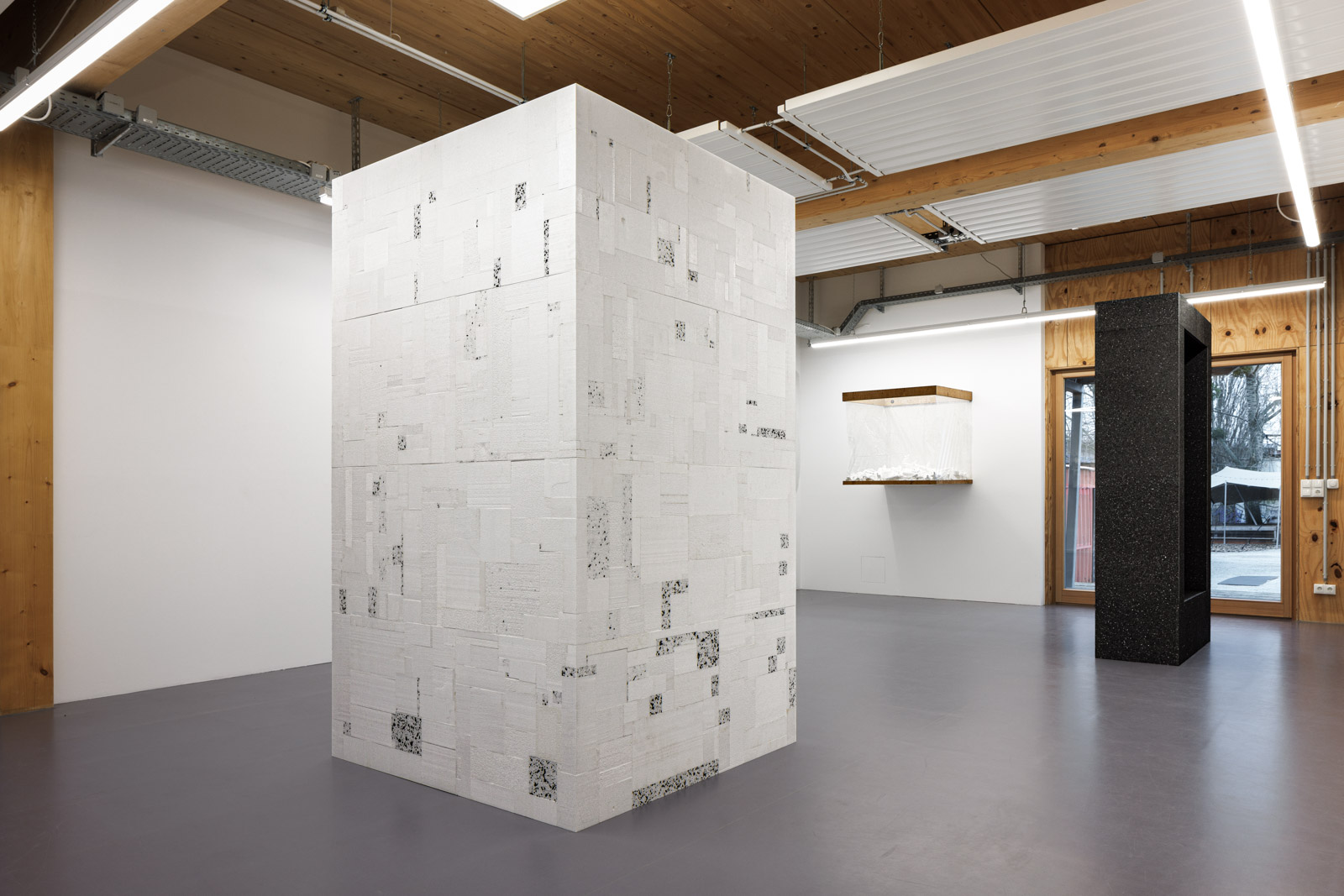





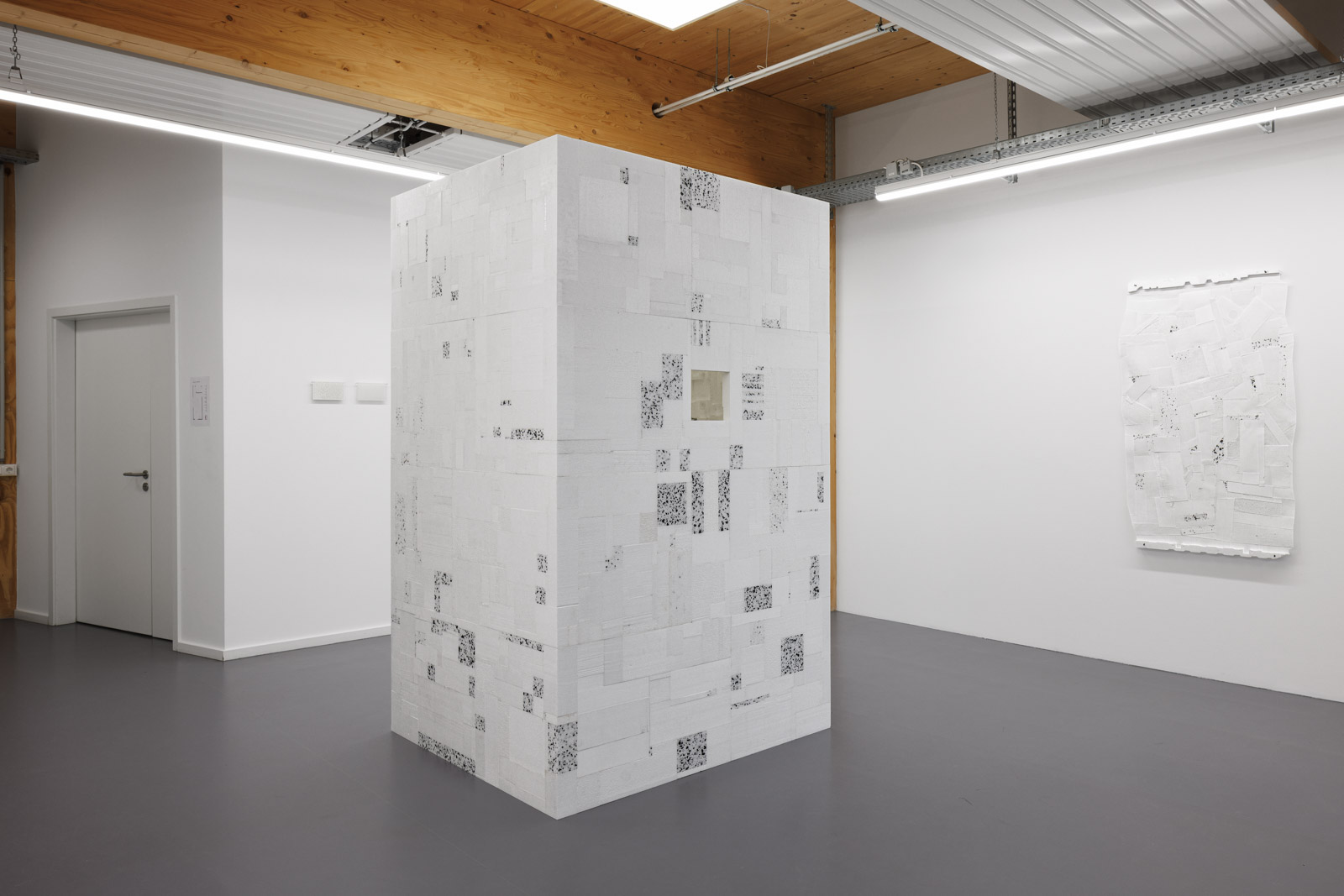





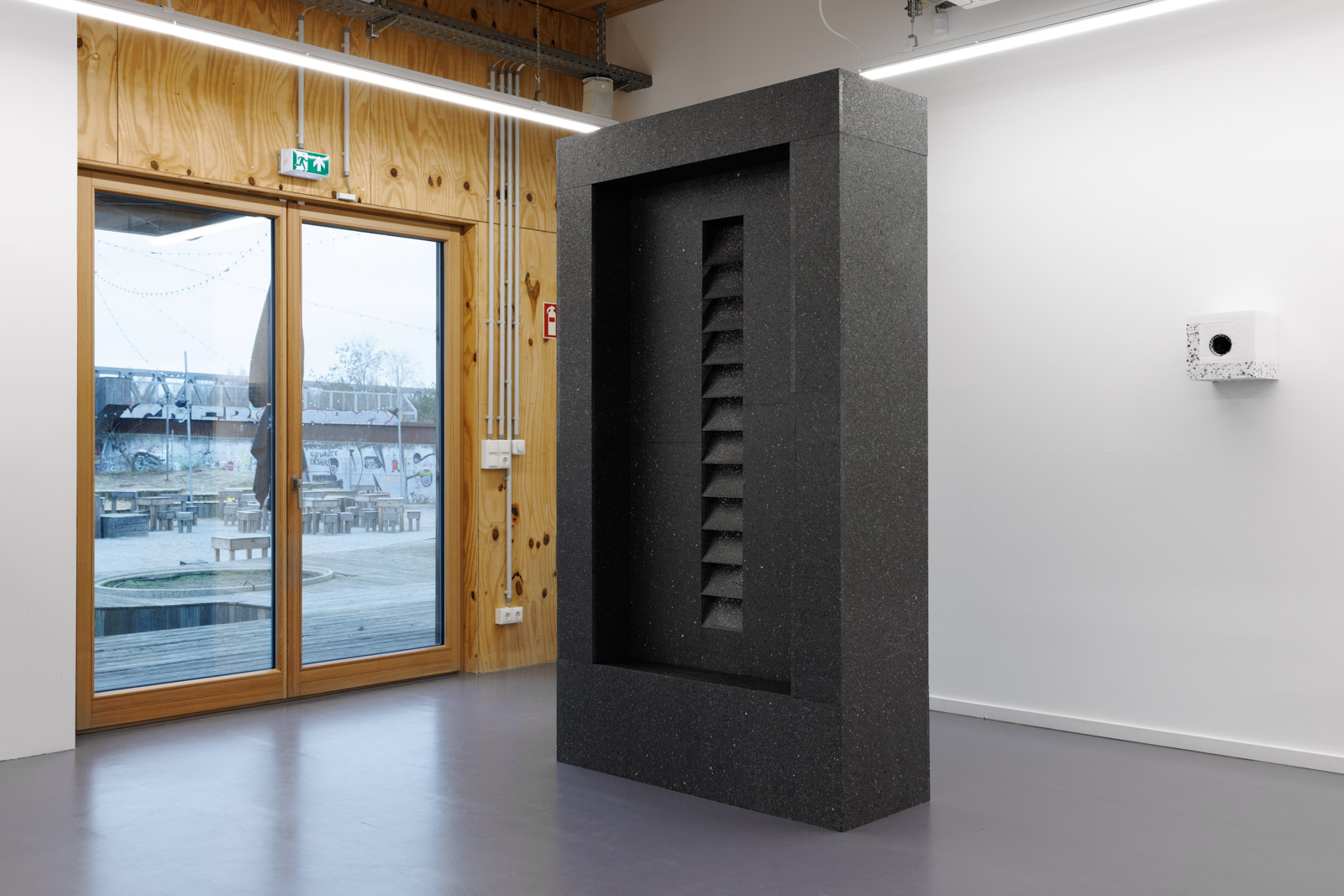
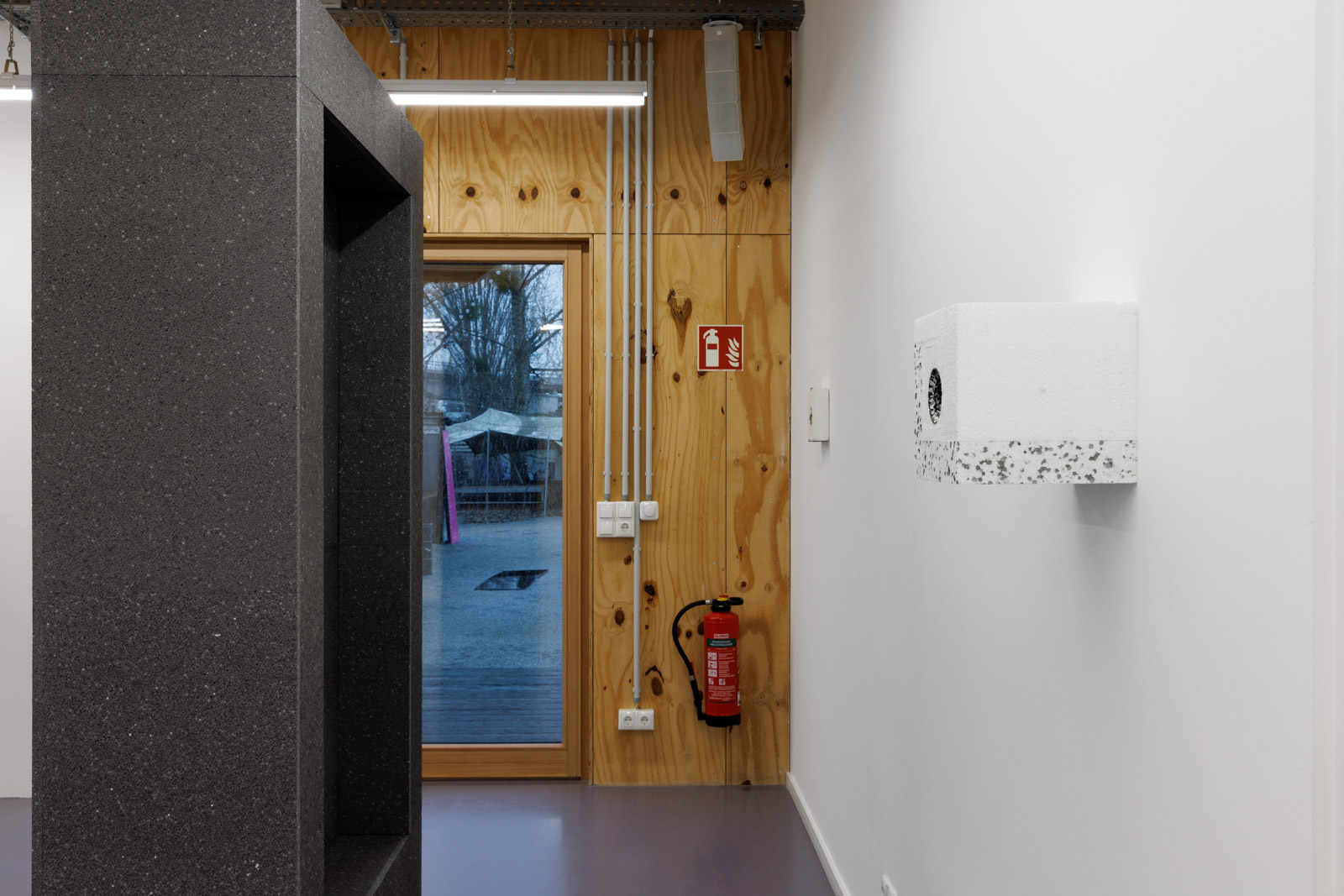
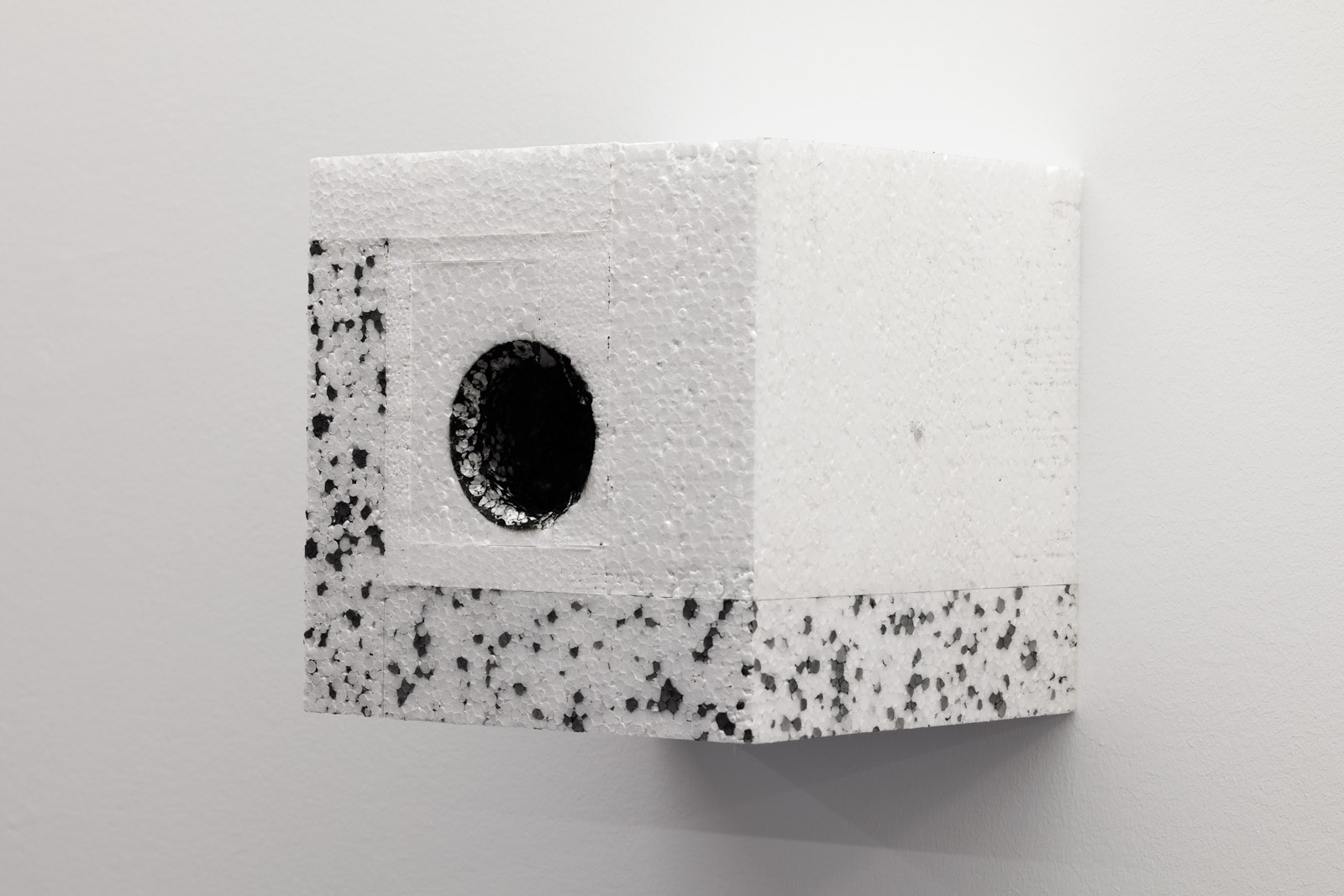
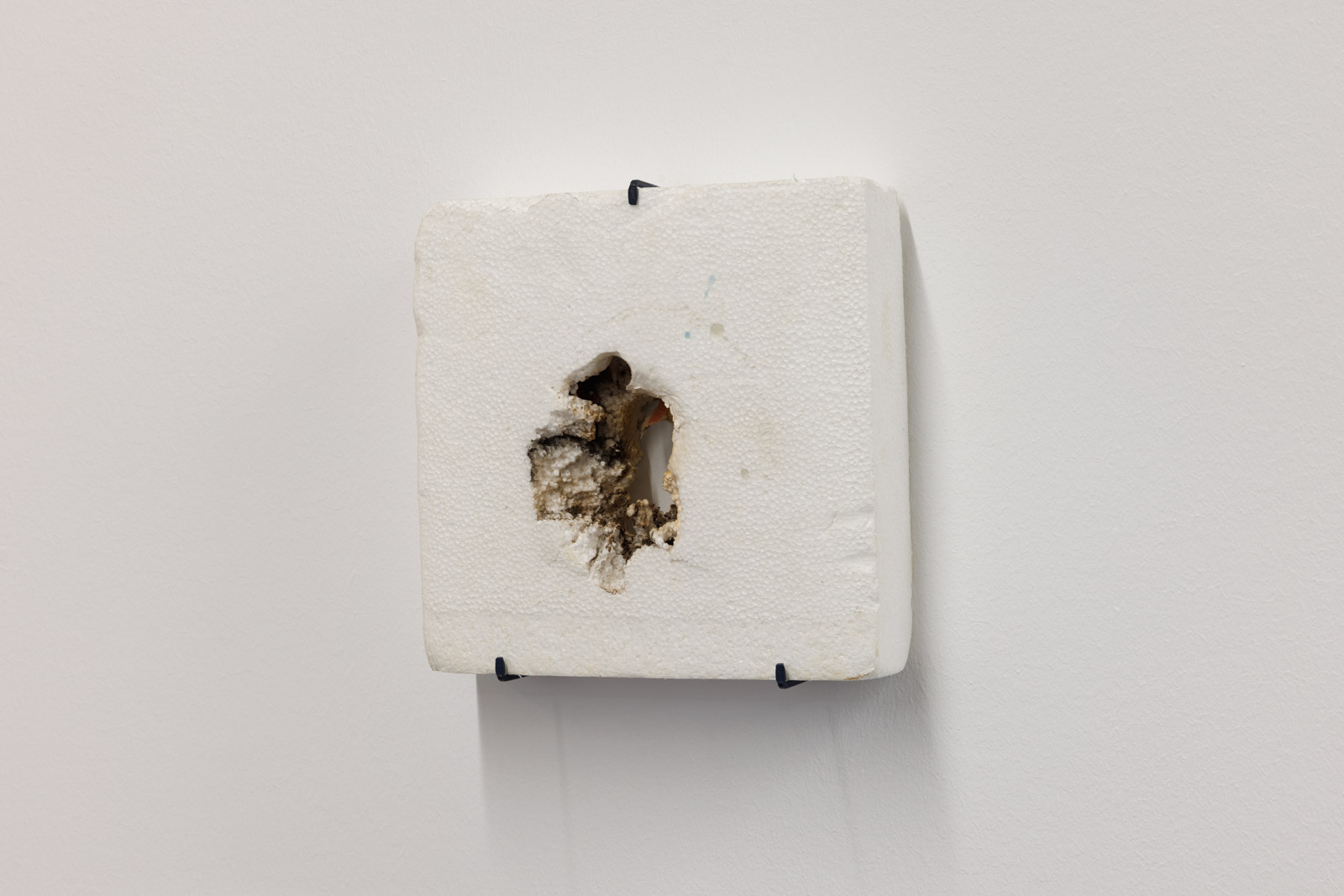
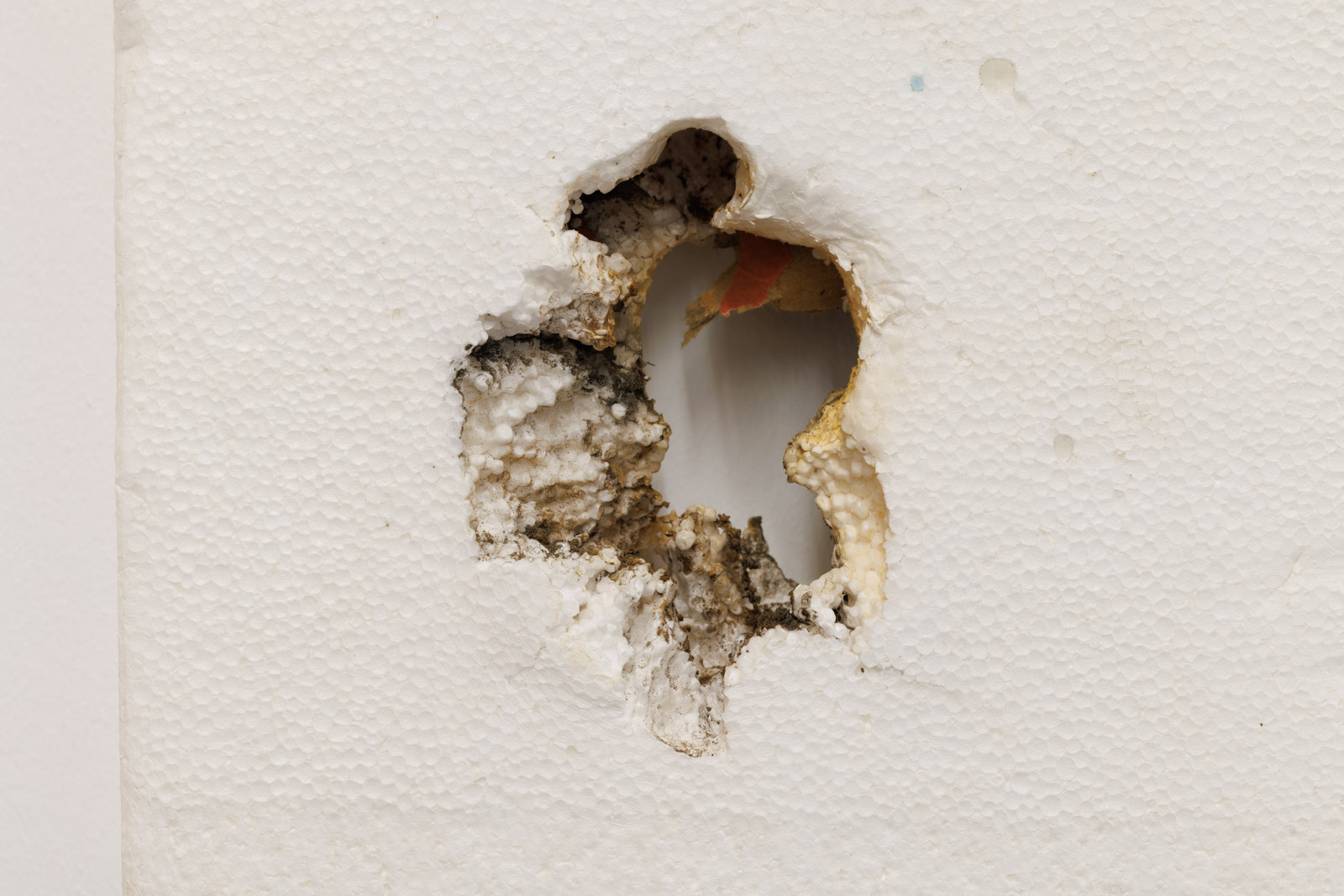
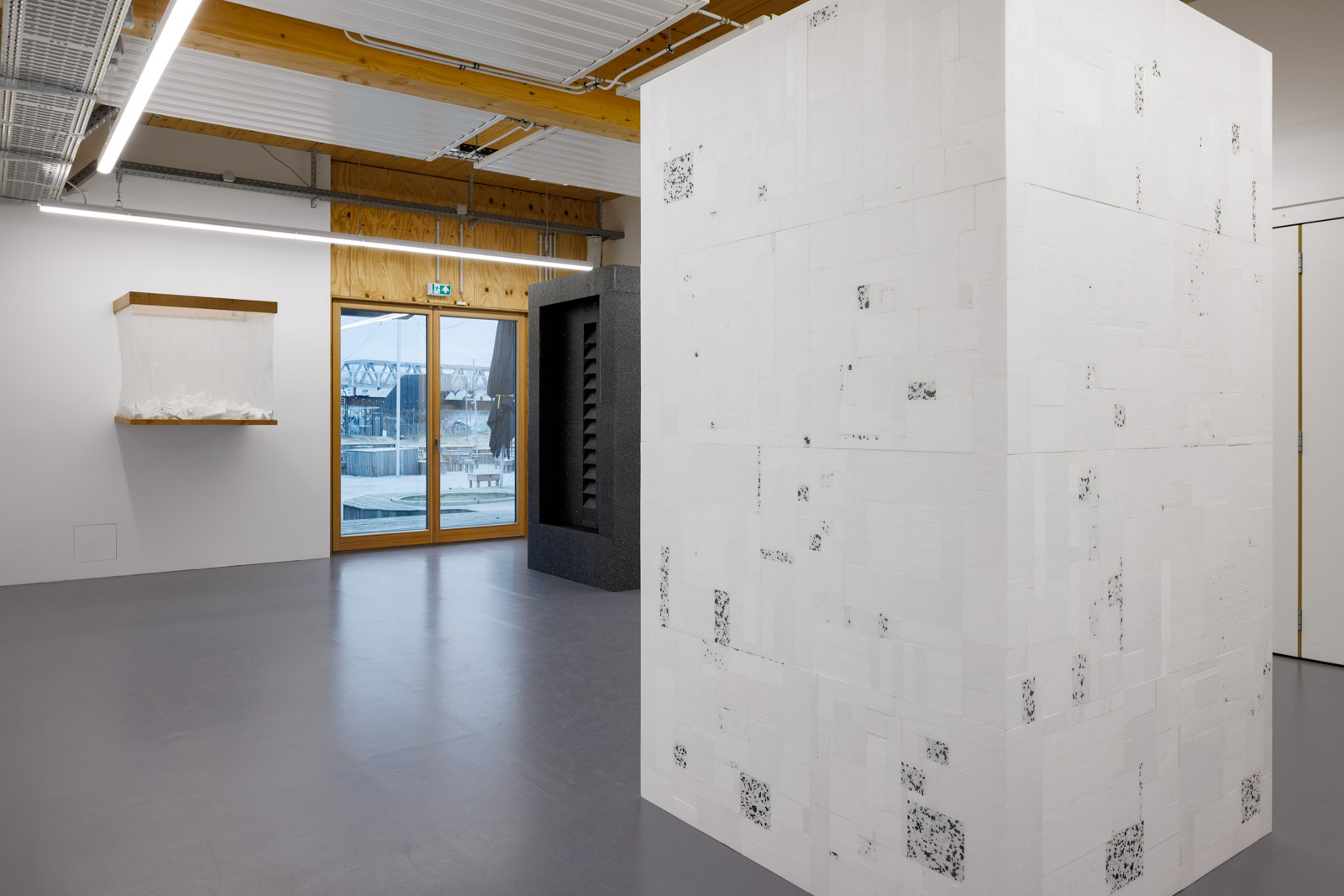

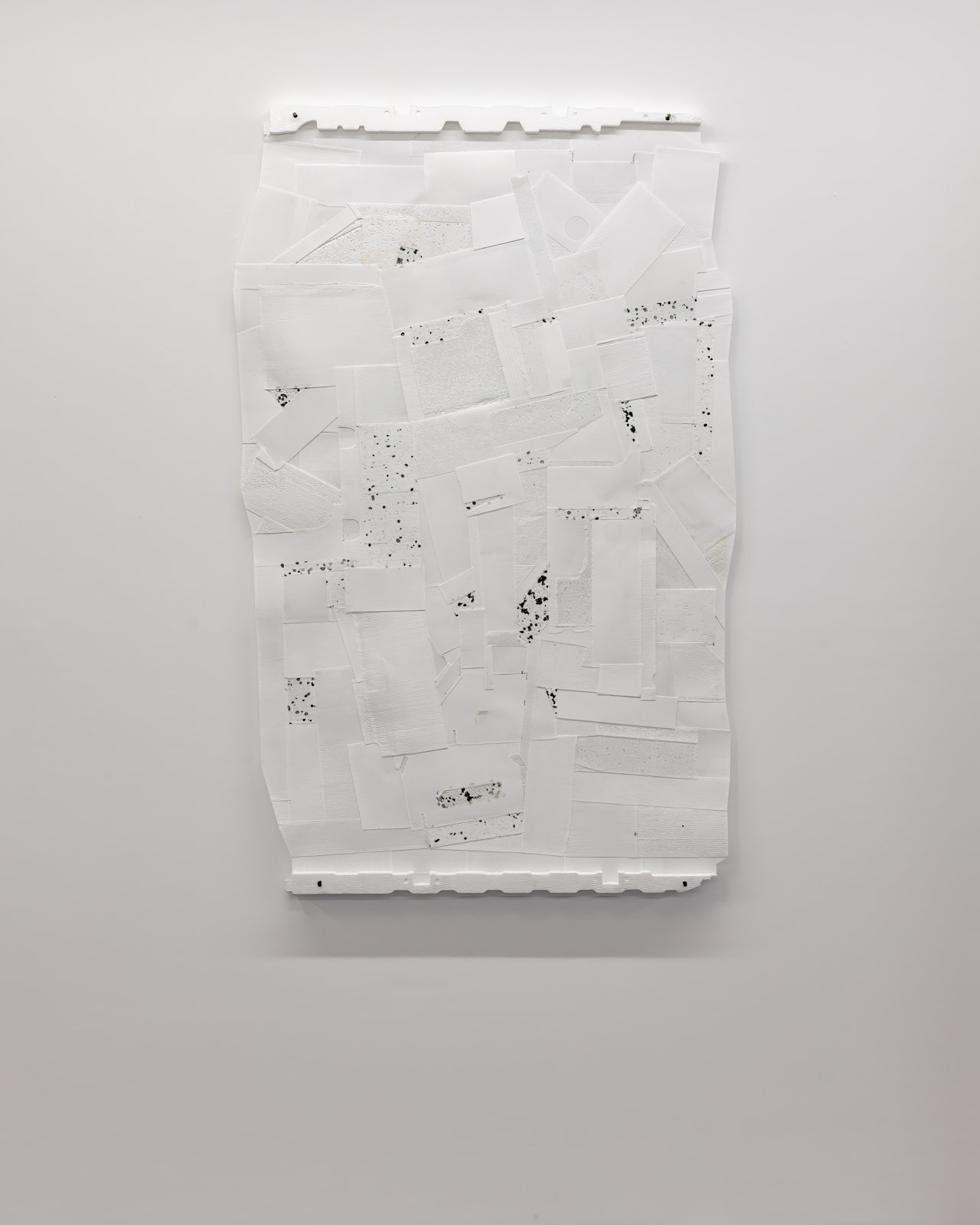
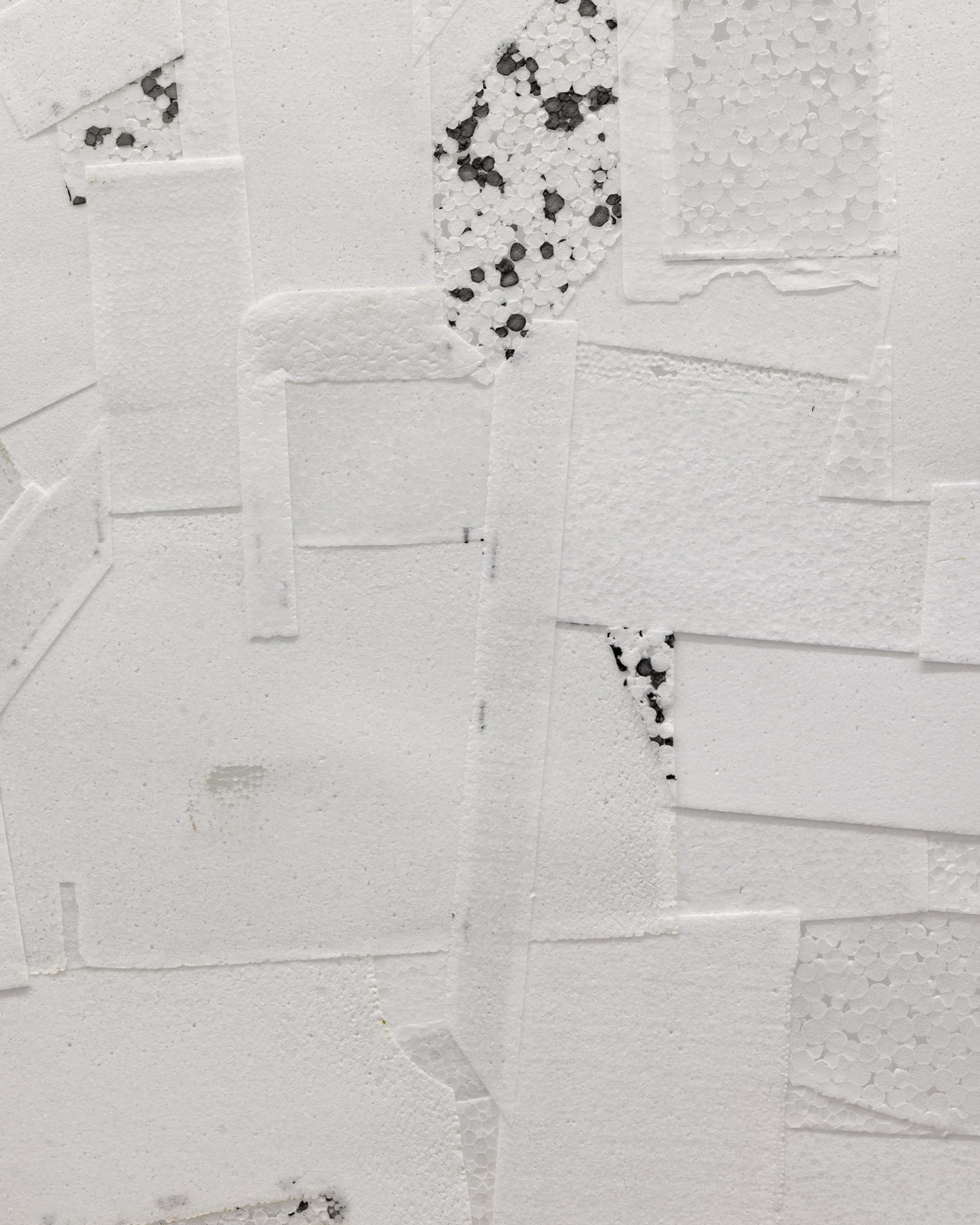

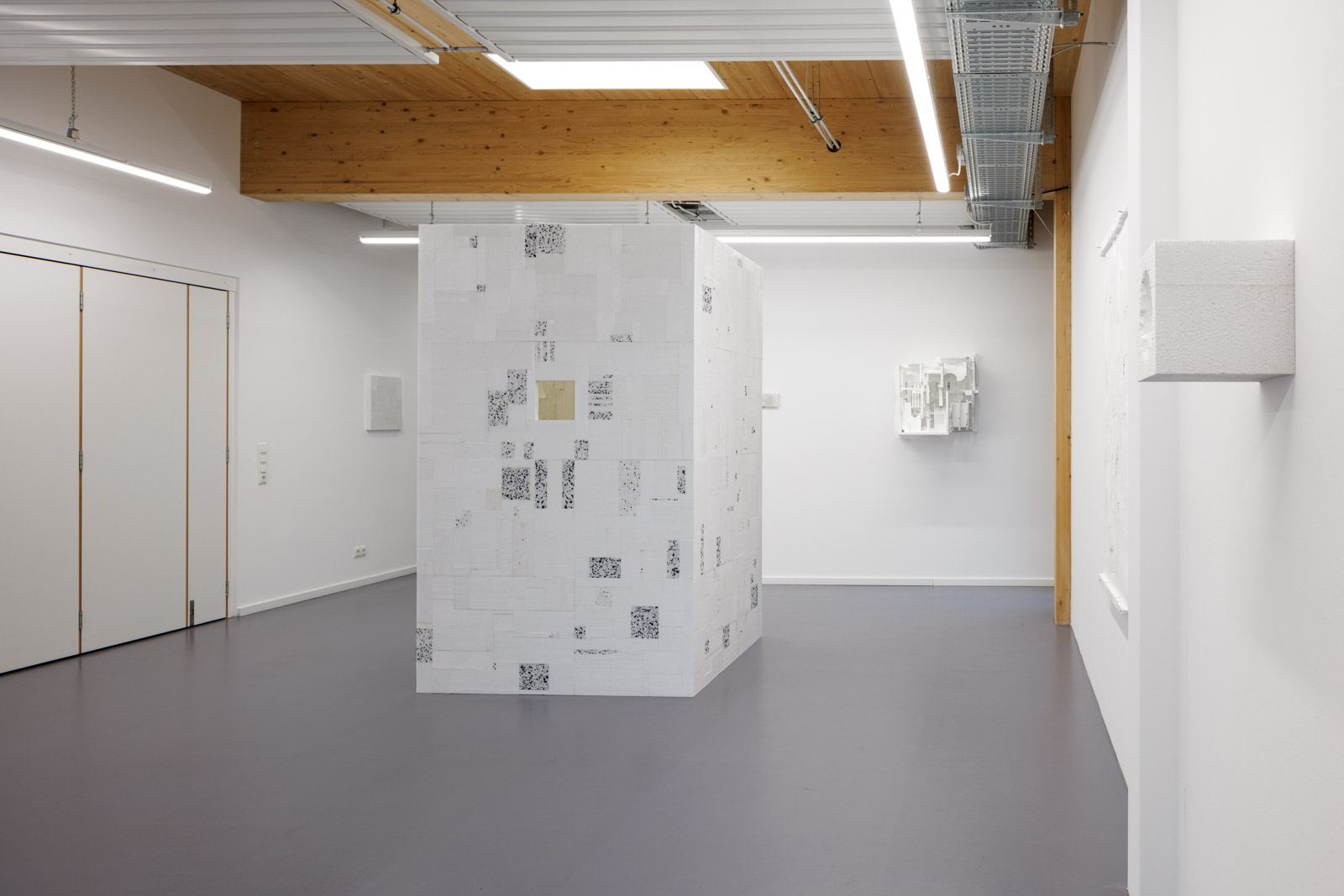
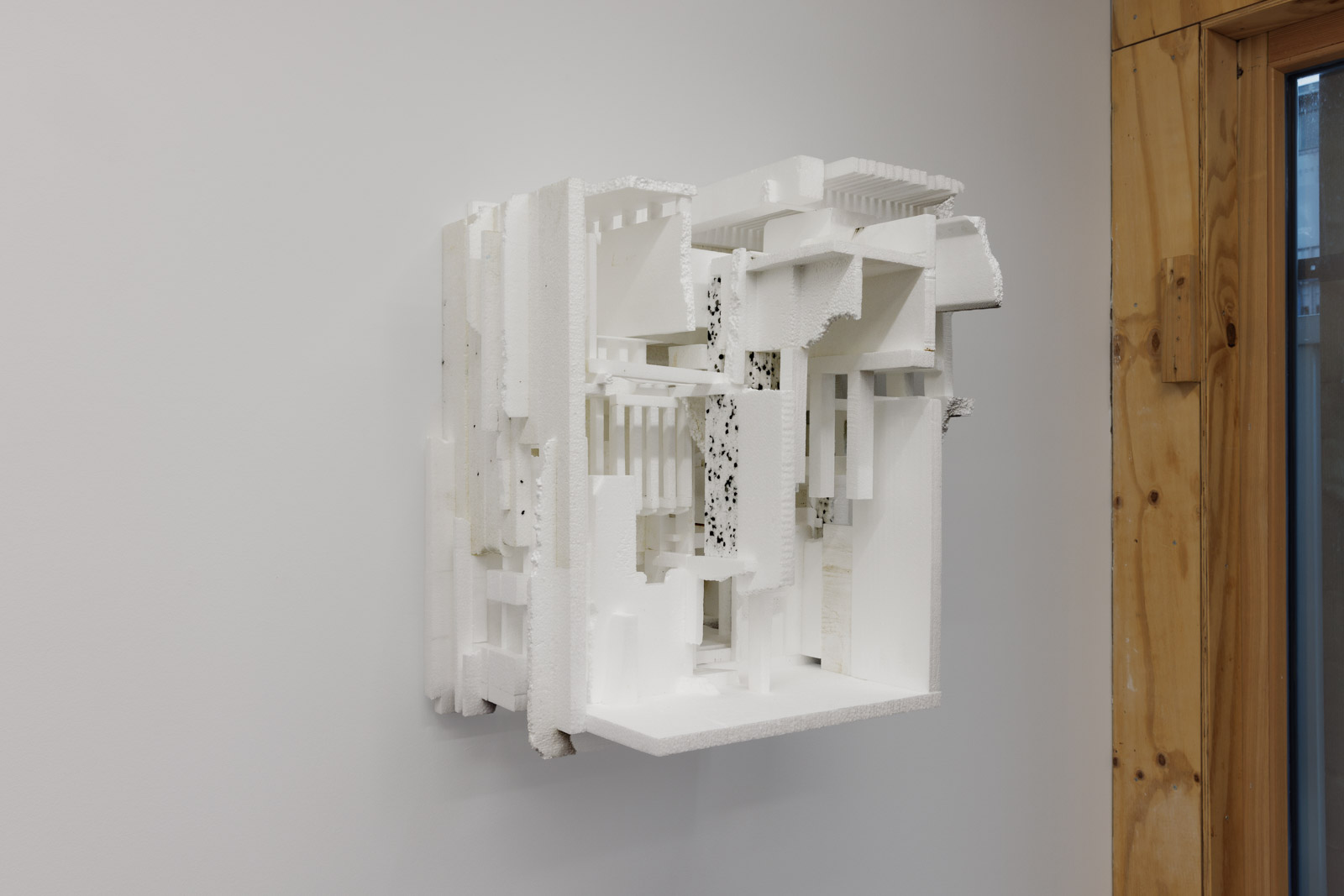

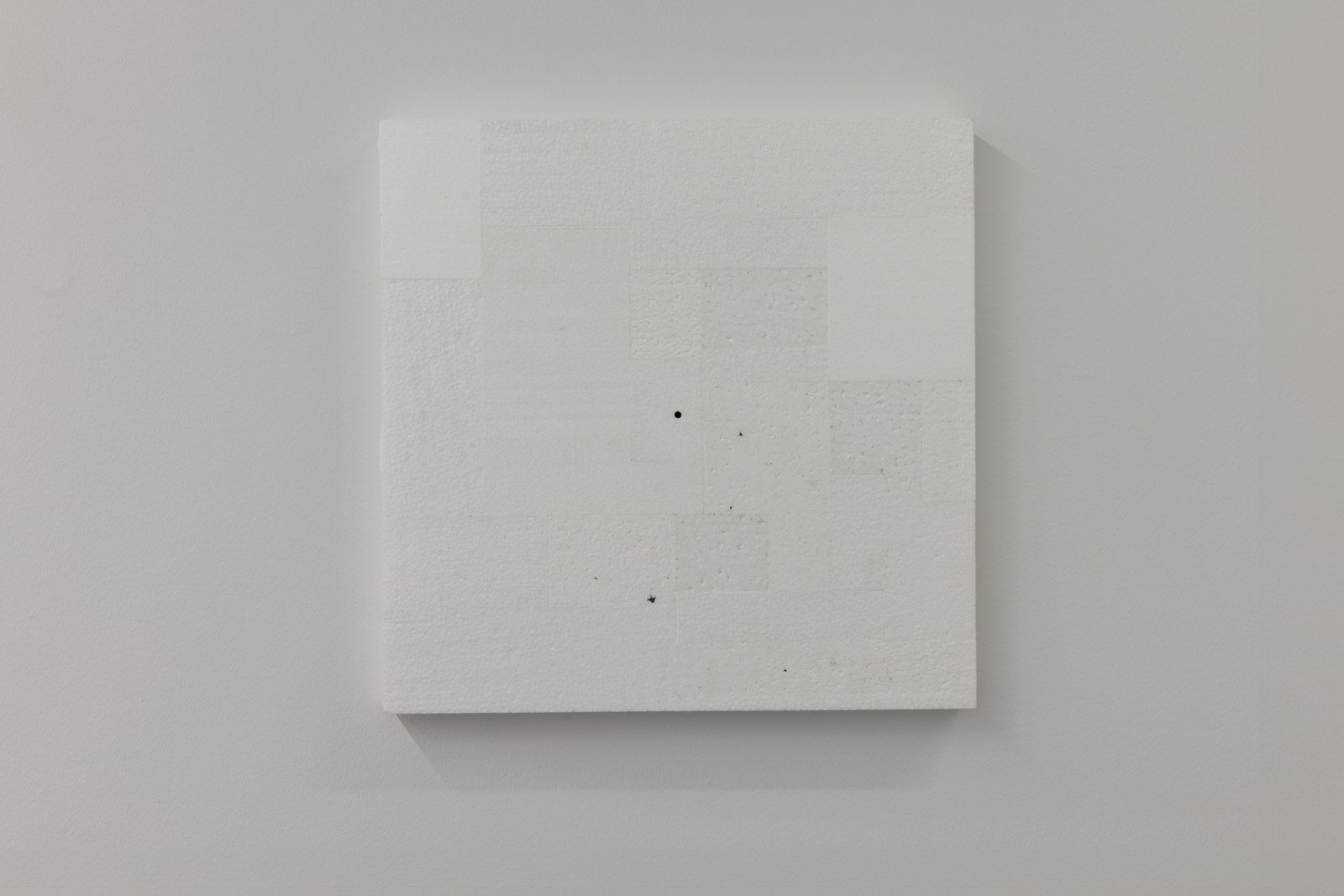


| Even the titles of his works, when spoken, are like sculptures in space: STATO, SED, FAVUS or HVMO. In FRAGMENTE, the current exhibition at B-Part Exhibition, Stuttgart-based artist Ben Gräbner (*1988) focuses on key aspects of sculptural material specificity. However, his sculptural works not only address the qualities of the materials used, but also incorporate form and space as equally important categories of artistic production. Sometimes in small format on the wall, sometimes towering close to the ceiling, Gräbner's objects, some of which are in image and relief, deliberately challenge our perception. Upon entering FRAGMENTE, Gräbner's first solo exhibition in Berlin, it is immediately apparent that the artist understands the use of space as a setting: the view towards the large window of the exhibition space is obstructed by two large-format works, not in the sense of a blockade, but as an invitation to explore the sculptures and the space surrounding them. Gräbner's artistic gesture is planned and yet playful, undogmatic like Sol LeWitt's: STATO, the largest work in the exhibition, with its sometimes white, sometimes black pied polystyrene elements layered to form a larger-than-life cuboid, initially appears hermetic and cool, reminiscent of a giant ice cube. Only when walking around the sculpture does the omission become visible, through which one can look into its interior and thus gain a completely different view of the object: Gräbner has assembled hundreds of packaging elements in such a way that from the outside a smooth form is revealed, formal rigor, but from the inside a landscape of technological negative forms becomes visible: the yet so familiar elements are hardly assignable: was this the packaging of a loudspeaker, there of a monitor? Gräbner's STATO does not reveal these narratives, not even in the sense of a model. The fragments deliberately remain samples with various implications. And they repeatedly refer to the material - polystyrene, which Gräbner also uses in most of the other works in the exhibition, raw, without embellishment: everything should reveal its materiality, nothing should be alienated, only in this way do the works become comprehensible, only in this way do they challenge, according to the artist. The ecologically "dubious" reputation of Styrofoam, which the former Konrad Adenauer Stiftung scholarship holder (Else Heiliger Fonds, 2018) obtains from second-hand sources wherever possible and reuses himself, is also addressed: The almost cube-shaped work HVMO, which is attached to an exhibition wall, consists of two wooden frames and shows a landscape-like pile of polystyrene pieces behind transparent film, which have accumulated during the work on the artistic objects shown in the exhibition. However, this does not tell a prejudiced story: Ben Gräbner is much more concerned with precise perception, with seeing the value of things as such, recognizing the connection between form and material in space and creating interesting hybrid forms from the encounter between the two. A work such as the PLA-printed FAVUS is an example of this: reminiscent of the honeycomb frame of a beehive, one basic shape - the circle - changes line by line into another basic shape - the square - via a series of mutations. It is not the result of the change that is worth seeing, but rather the many intermediate stages on the way to that change. The fact that the material is not wax, but polyactide, that the shape - as would be the case with bees - is apparently not of natural origin, but the result of an e-function carried out by the artist, makes us think all the more clearly about the connections between form and material. Especially when one realizes that e-functions are actually just as much descriptions of natural phenomena as polyactides occur as chemical compounds in nature. The B-Part Exhibition space accompanies the future development of the Urbane Mitte Am Gleisdreieck with artistic autonomy and thus at the same time enters into a dialogue with the overarching themes of the overall project - forms of New Work, Co-working, Culture and Sport - and creates synergies between artistic, cultural and social approaches. The artistic director of the B-Part Exhibition is Rüdiger Lange (loop - raum für aktuelle kunst). |
